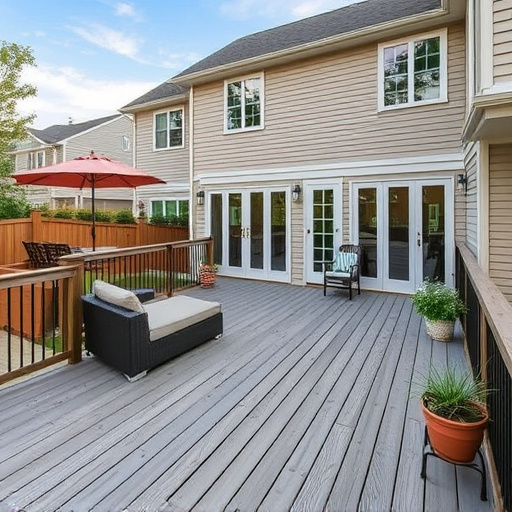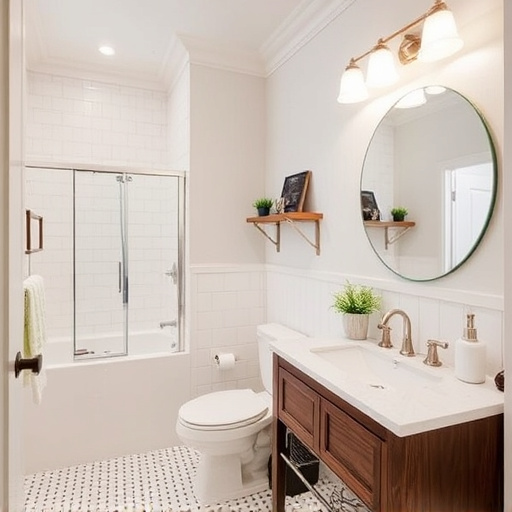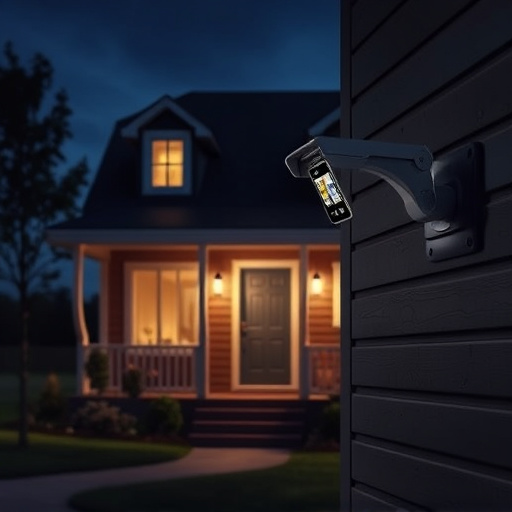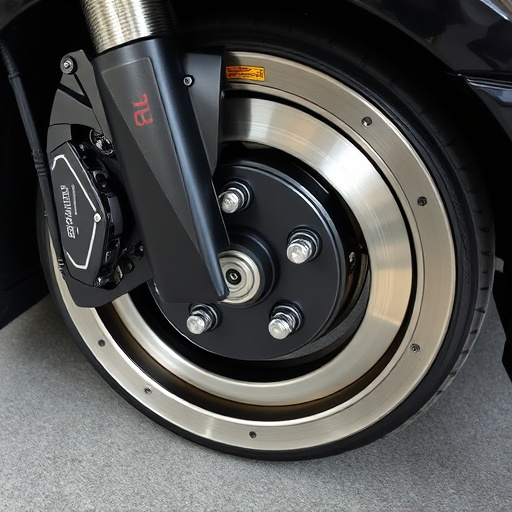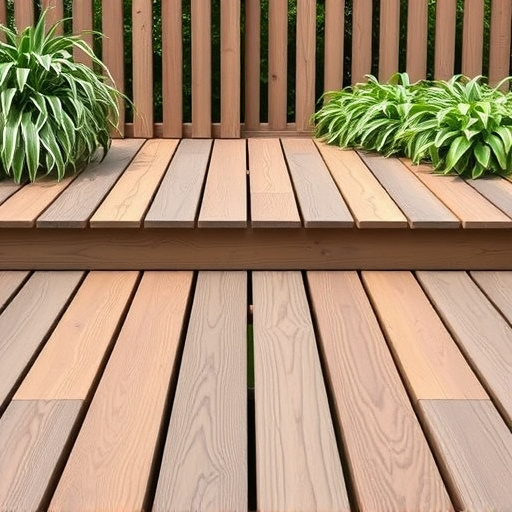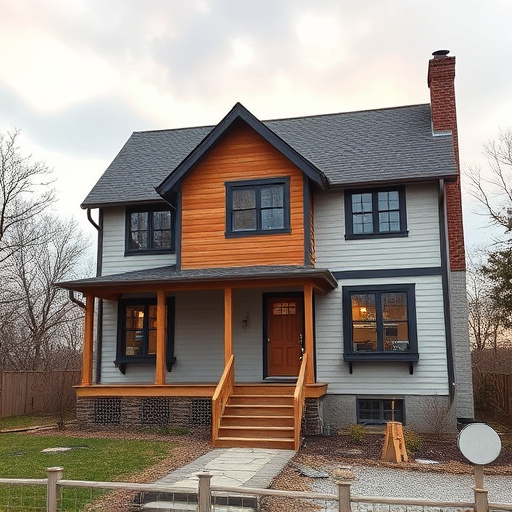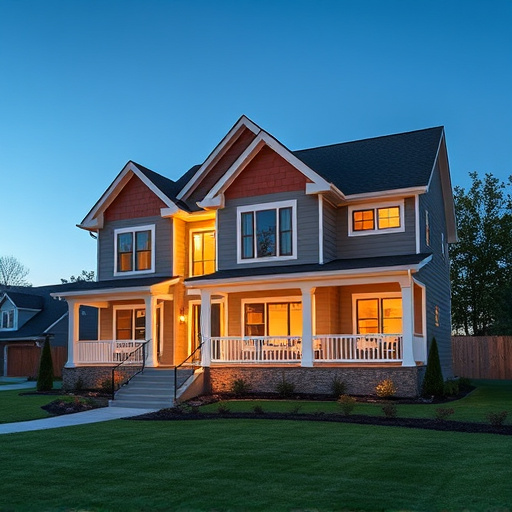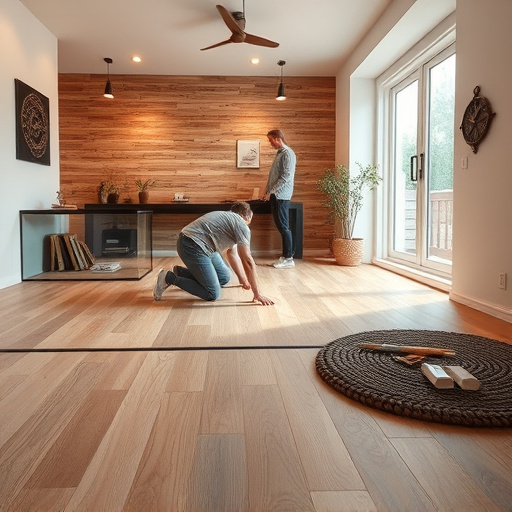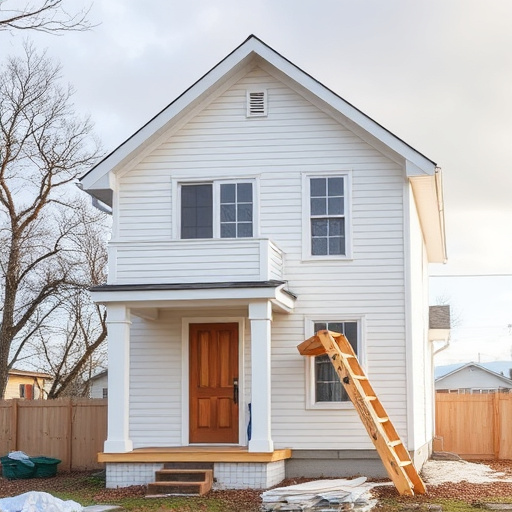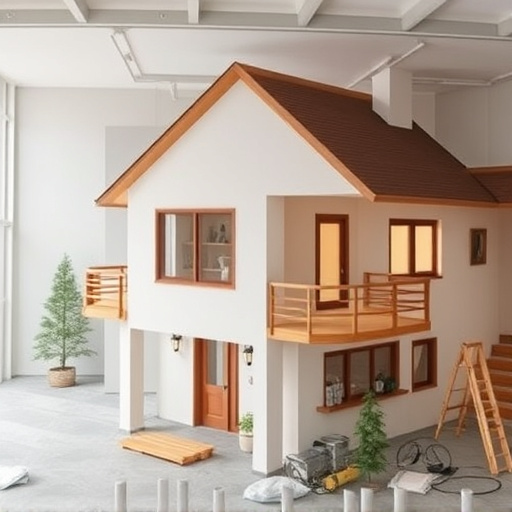Lighting is a powerful tool in interior design, with zone lighting as a strategic approach to enhance aesthetics and functionality. By dividing spaces into zones, designers can implement tailored lighting solutions for various activities, optimizing light levels. This method improves both comfort and practicality, allowing for easy adjustments through layering lights. Choosing the right fixtures for each zone, considering architectural elements and aligning with design aesthetics, is crucial for successful interior design and remodels.
Discover the art of transforming your design interiors with strategic zone lighting. This comprehensive guide explores how lighting can define and enhance different spaces within a layout, creating depth, ambiance, and functionality. From understanding the impact of illumination on human perception to choosing the perfect fixtures for each zone, you’ll learn essential strategies for optimizing your interior design. Elevate your space—read on for expert insights into lighting design interiors.
- Understanding Zone Lighting and Its Impact on Design Interiors
- Strategies for Defining and Lighting Different Zones
- Choosing the Right Light Fixtures for Each Zone in Your Layout
Understanding Zone Lighting and Its Impact on Design Interiors
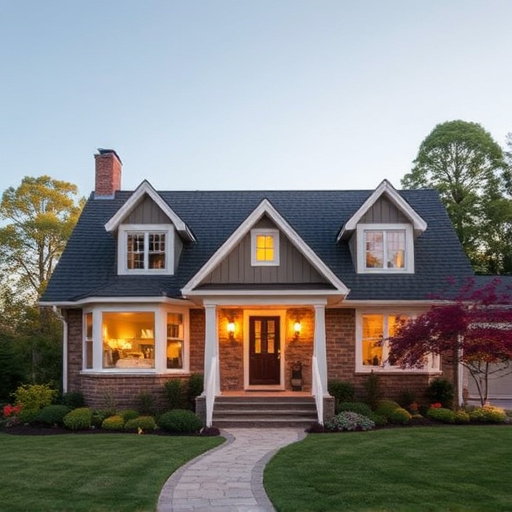
Lighting plays a pivotal role in shaping the ambiance and overall aesthetics of any space, be it an exterior painting or a meticulously planned bathroom remodel. When it comes to design interiors, zone lighting is a strategy that allows designers to manipulate light and shadow, creating depth and visual interest. By dividing a room into distinct zones and illuminating each area with tailored lighting solutions, you can dramatically transform the way a space feels and functions.
In the realm of home renovation, understanding zone lighting enables designers and homeowners alike to make informed decisions about where to place fixtures, what types of bulbs to use, and how to control light levels for various activities. For instance, a living room might have a reading corner illuminated by a floor lamp, while a kitchen island benefits from overhead pendant lights. This targeted approach enhances functionality during tasks like cooking or reading, ensuring spaces are designed not just for aesthetics but also for practicality.
Strategies for Defining and Lighting Different Zones
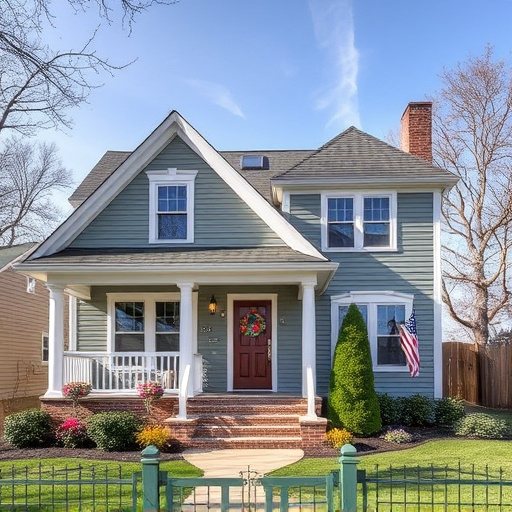
Defining and lighting different zones within a design interiors layout is an art that enhances both functionality and aesthetics. The first step involves identifying distinct areas such as living, dining, and sleeping spaces, each requiring tailored illumination to create a comfortable and inviting atmosphere. This process involves strategic planning to ensure every zone serves its intended purpose during various activities. For instance, a cozy reading nook in a bedroom benefits from warm, ambient lighting, while a kitchen island in the living area demands brighter, more direct light for food preparation and gathering.
Understanding the activities that take place in each zone is key. In residential renovations or whole house remodels, consider layering lighting—using a combination of overhead fixtures, lamps, and accent lights—to create depth and versatility. This approach allows for easy adjustment of light levels depending on the time of day, mood, or task at hand. By carefully defining and illuminating these zones, design interiors can be transformed into functional spaces that cater to the needs and preferences of homeowners, ultimately elevating the overall quality of life within the home.
Choosing the Right Light Fixtures for Each Zone in Your Layout
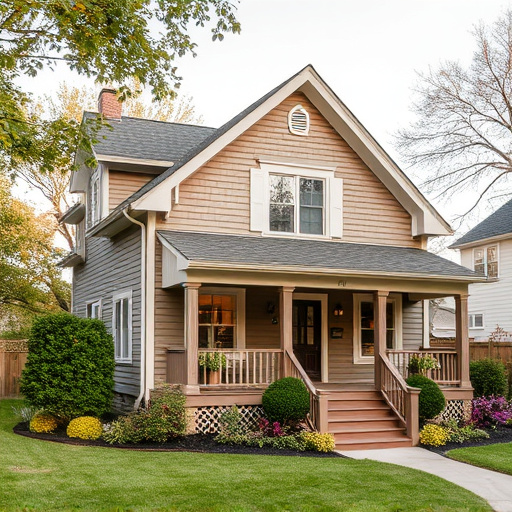
When designing interiors, selecting the appropriate light fixtures for each zone is paramount to creating a functional and aesthetically pleasing space. Different areas within a home or office serve distinct purposes, necessitating tailored lighting solutions. For instance, a kitchen demands task lighting above work surfaces to facilitate food preparation, while a living room may benefit from ambient lighting to create a cozy atmosphere. Consider the architectural elements and furniture in each zone to choose fixtures that complement the overall design aesthetic.
In terms of design interiors, fixture types can range from sleek pendant lights hanging over dining tables to wall-mounted sconces providing task lighting in reading nooks. Incorporating dimmers allows for versatile control, enabling you to adjust the ambiance according to the activity and time of day. For a multiple room remodel or exterior painting project, ensure that outdoor fixtures are weatherproof and complement the overall style of your home or building, enhancing curb appeal and security while also defining different zones in exterior spaces.
Lighting plays a pivotal role in defining and enhancing different zones within design interiors. By understanding the impact of zone lighting, you can strategically illuminate each area to create ambiance, improve functionality, and make spaces more inviting. Implementing the right fixtures for each zone not only elevates the overall aesthetic but also ensures optimal visibility and comfort. With careful consideration and the techniques outlined in this article, you can transform your design interiors into vibrant, well-lit oases that cater to various activities and moods.


